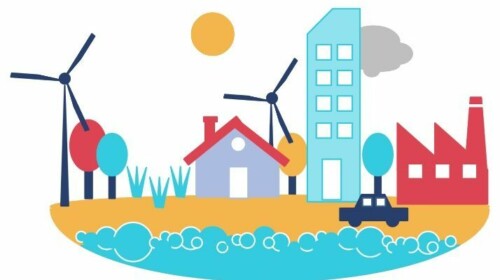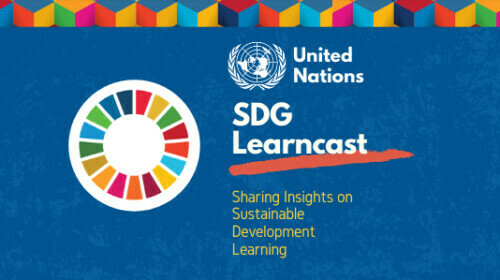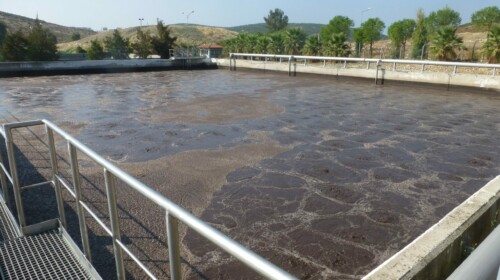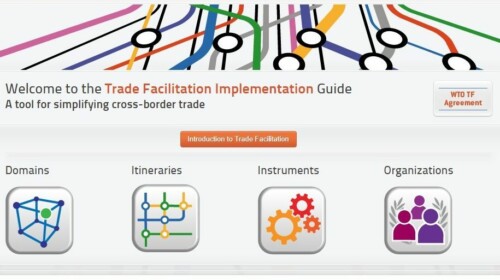This e-learning course on Resource Efficiency was developed to raise awareness of Resource Efficiency among policymakers and sustainable development practitioners in the Asia-Pacific region. Did you know that, on average, the Asia-Pacific requires almost double the material resources per US$ of economic output than the world average, making it one of the most resource inefficient regions of the world?
This comes at great environmental and economic costs as material, energy, water, and land resources become ever scarcer and whose exploitation and misuse contributes greatly to climate change, land degradation, and other environmental catastrophes. However, this does not need to be the case. By understanding the principles of Resource Efficiency and how to measure and monitor it, there are a host of economic, social and environmental gains to be had by enacting Resource Efficient policy pathways.
Structured into two Modules, this course will build your understanding of:
- What Resource Efficiency is about and how to measure it?
- Why Resource Efficiency is important for sustainable development?
- What polices can enable a transition to a Resource Efficient Asia-Pacific, with practical examples from the region?
Finally, the course concludes with a short quiz and then the awarding of a certificate. The course is free, delivered in English, and does not require a considerable investment of time or a strong background in the subject.
Target Audience
Policymakers and Sustainable Development Practitioners.
Learning Objectives
This course aims to build an understanding of what Resource Efficiency is about and how to measure it, why Resource Efficiency is important for sustainable development, and what polices can enable a transition to a Resource Efficient Asia-Pacific, with practical examples from the region.








